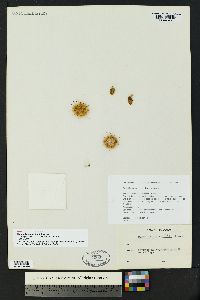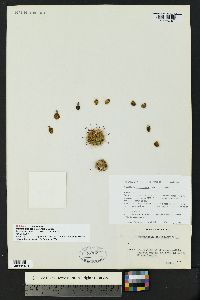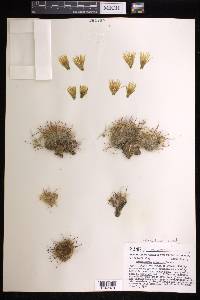
|
|
|
|
Family: Cactaceae
Green-Flower Nipple Cactus
[Mammillaria garessii, more] |
|
This project was made possible in part by the Institute of Museum and Library Services [MG-70-19-0057-19].
Powered by Symbiota










